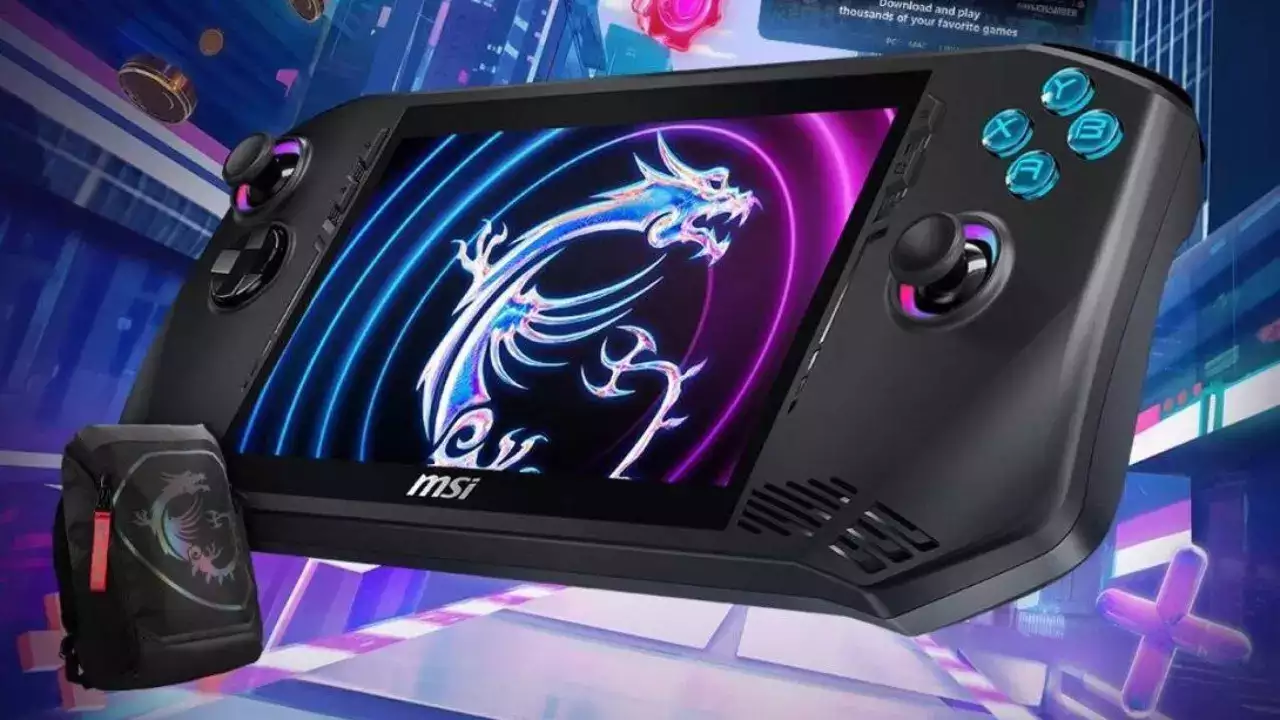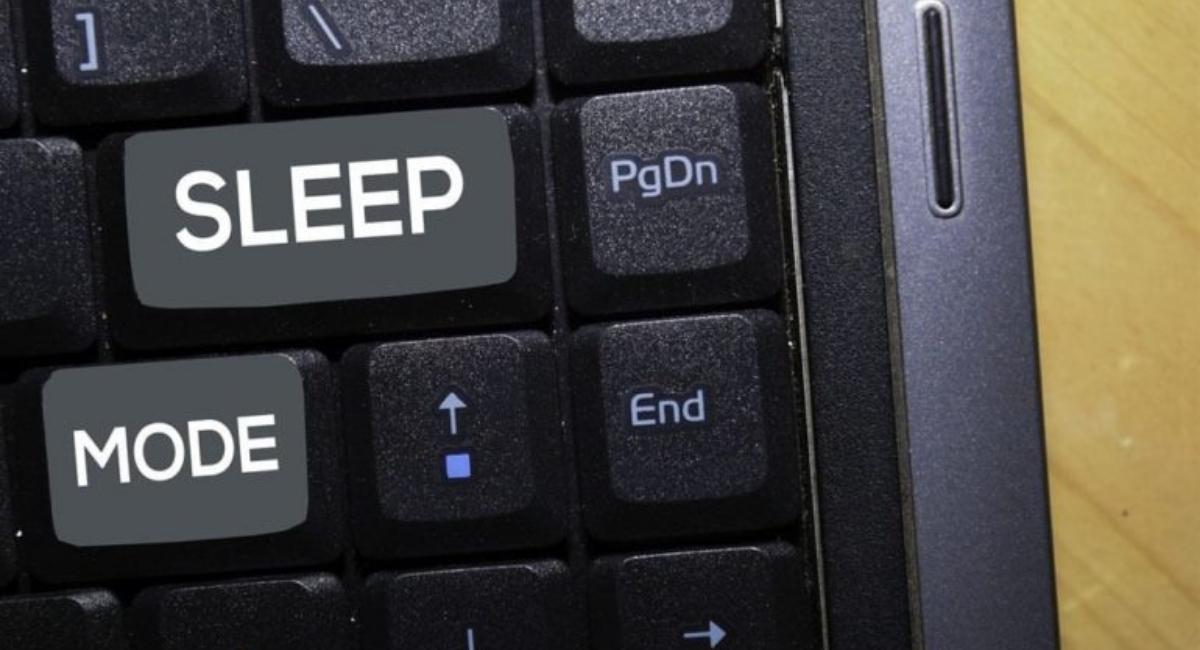
In the world of handheld gaming consoles, a new pl...
news-extra-space

 But here's where the issue lies. Your laptop employs magnets to keep the lid closed while also signaling when the lid is closed. Besides, your laptop goes into sleep mode when the top of the lid is sufficiently close to the base of the device. And because of this, you can send many computers to sleep even before completely closing the lid. In addition, these magnets are often powerful enough to hold up AirPods as well.
Your laptop, however, is unable to distinguish between the magnets in the lid and those in other objects. For example, an iPad has magnets for fastening other smart devices. Therefore, your laptop will go to sleep if you place the magnets on your iPad near enough to the base of the laptop.
But here's where the issue lies. Your laptop employs magnets to keep the lid closed while also signaling when the lid is closed. Besides, your laptop goes into sleep mode when the top of the lid is sufficiently close to the base of the device. And because of this, you can send many computers to sleep even before completely closing the lid. In addition, these magnets are often powerful enough to hold up AirPods as well.
Your laptop, however, is unable to distinguish between the magnets in the lid and those in other objects. For example, an iPad has magnets for fastening other smart devices. Therefore, your laptop will go to sleep if you place the magnets on your iPad near enough to the base of the laptop.
 Perhaps there is still no magnetic device present and your laptop still goes to sleep on its own. If so, it is wise to check your laptop's power options to see if a sleep timer is set up. Additionally, your laptop might go to sleep after 30 minutes of inactivity, although you may set the timer to as short as one minute. And while you won't notice a difference when you're actively typing, but it is amazing how often you don't press a key or move the cursor. So, your sleep timer could be the reason your laptop is going to sleep often.
On a Mac, you may access the setting by going to System Settings > Lock Screen (macOS Ventura) or System Preferences > Battery or Energy Saver. And on Windows, go to Start > Settings > System > Power & battery > Screen and sleep (Windows 11) or Start > Settings > System > Power & sleep (Windows 10).
Perhaps there is still no magnetic device present and your laptop still goes to sleep on its own. If so, it is wise to check your laptop's power options to see if a sleep timer is set up. Additionally, your laptop might go to sleep after 30 minutes of inactivity, although you may set the timer to as short as one minute. And while you won't notice a difference when you're actively typing, but it is amazing how often you don't press a key or move the cursor. So, your sleep timer could be the reason your laptop is going to sleep often.
On a Mac, you may access the setting by going to System Settings > Lock Screen (macOS Ventura) or System Preferences > Battery or Energy Saver. And on Windows, go to Start > Settings > System > Power & battery > Screen and sleep (Windows 11) or Start > Settings > System > Power & sleep (Windows 10).
Leave a Reply






